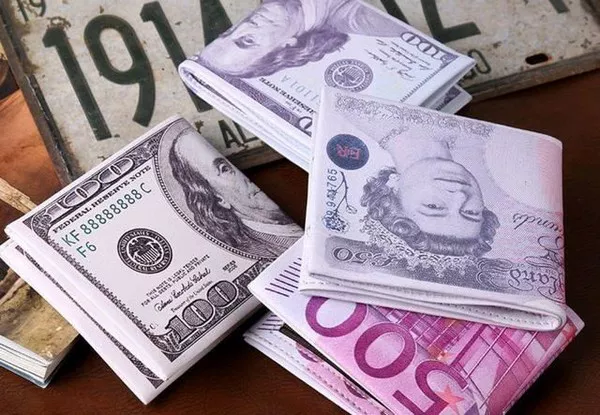Despite securing its best year against the dollar since 2017, sterling faces challenges to replicate this success in the near term. A weakening economy and election uncertainty cast shadows over the pound’s impressive gains in 2023.
Trading near $1.28, the pound witnessed an almost 6% rise against the dollar, positioning it as the second-best performing major currency after the Swiss franc. While a substantial improvement from its 2022 record low of $1.0327, the factors fueling the recent rally appear to be losing steam.
Fading Impact of Interest-Rate Differentials
Interest-rate differentials, a significant influencer in the global currency market, played a pivotal role in boosting sterling’s appeal. The perception that the Bank of England (BoE) would lag behind the European Central Bank and the Federal Reserve in implementing policy easing contributed to this narrative. However, recent economic data has disrupted this narrative.
Jane Foley, head of currency strategy at Rabobank, noted that the theme of the BoE trailing in policy easing has been thrown into disarray. The sharp easing of UK consumer price inflation to 3.9% in November and a downward revision of British gross domestic product, revealing a 0.1% contraction in the third quarter, have prompted traders to adjust their expectations. Markets now fully price in a 25 basis point BoE rate cut as early as May, compared to the previous outlook of August.
“The upside for cable has started to look a little more complex,” said Foley, referring to the pound/dollar exchange rate. “Without higher inflation or stronger growth, we could see it top out below $1.30. Until the data, I was more confident we’d hit $1.30.”
Recession Concerns and Global Market Dynamics
Concerns about a potential recession in Britain, coupled with the country’s slower recovery from the COVID-19 pandemic compared to its G7 counterparts, add further uncertainty. Sterling, traditionally viewed as a “risk currency,” has recently moved in tandem with global equity markets, particularly as MSCI’s world stock index approached two-year highs.
However, with valuations in equities appearing stretched, a potential reversal in global stock markets poses an additional risk for the pound. Dominic Bunning, HSBC’s head of European currency research, emphasized that sterling’s recent rally was “completely unjustified” from the perspective of interest rate differentials, and he expects the currency to weaken towards $1.20 this year due to British economic weakness, potentially signaling a 6% decline from current levels.


